Need help with faux roman shades...
carolt924
9 years ago
Related Stories
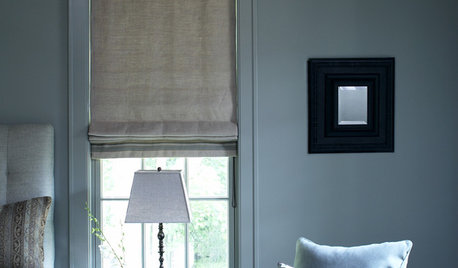
DECORATING GUIDESRoman Shades: The Just-Right Window Coverings for Summer
Calm and minimal, frilly or faux, There's a Roman shade for you
Full Story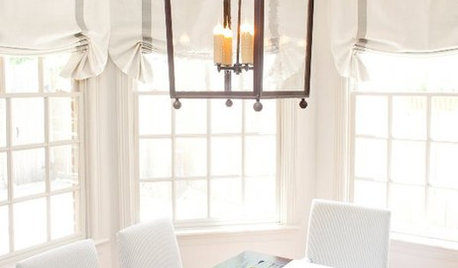
DECORATING GUIDESRooms Reign Supreme With Roman Shades
Relaxed or tucked into lavish folds, Roman shades triumph over plain curtains for a tailored, elegant window look
Full Story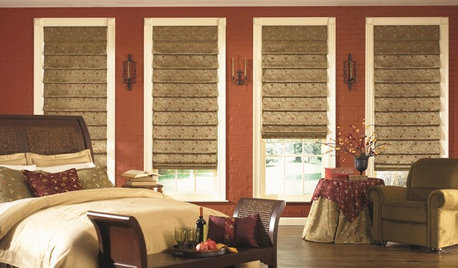
WINDOW TREATMENTSHow to Choose the Right Window Shades
Should you roll with rollers or do as the Romans do? This mini guide to choosing window shades can help
Full Story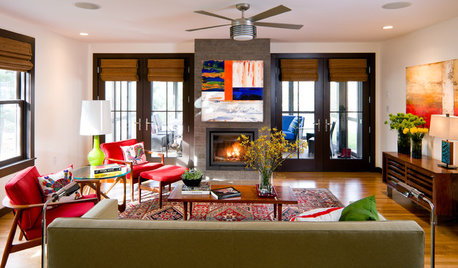
DOORSYour Door: Shades of Privacy and Light
Set the right scene with a woven roman shade for your glass door
Full Story
STANDARD MEASUREMENTSThe Right Dimensions for Your Porch
Depth, width, proportion and detailing all contribute to the comfort and functionality of this transitional space
Full Story
SELLING YOUR HOUSEHelp for Selling Your Home Faster — and Maybe for More
Prep your home properly before you put it on the market. Learn what tasks are worth the money and the best pros for the jobs
Full Story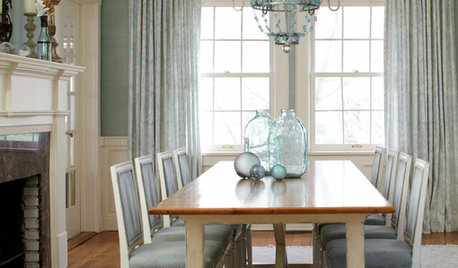
REMODELING GUIDESRoom of the Day: Antiques Help a Dining Room Grow Up
Artfully distressed pieces and elegant colors take a formerly child-focused space into sophisticated territory
Full Story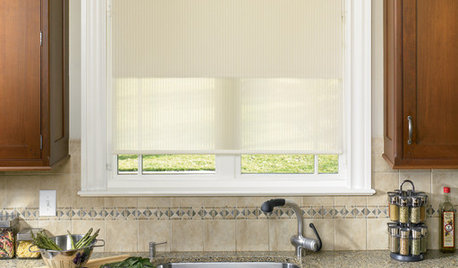
WINDOW TREATMENTSWhat’s the Right Way to Hang Roller Shades?
Over or under? It depends on how you want your shades to look, how much light you want to block and other factors
Full Story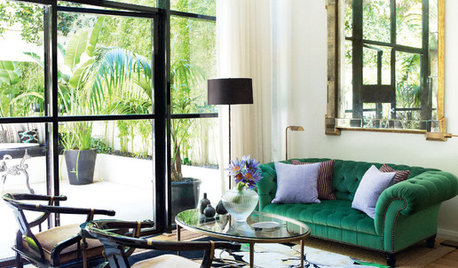
WINDOWSBlack-Framed Windows — Faux Pas or Fabulous?
Find out if black frames would be a great fit for your home — or better to avoid
Full StorySponsored
Industry Leading Interior Designers & Decorators in Franklin County
More Discussions






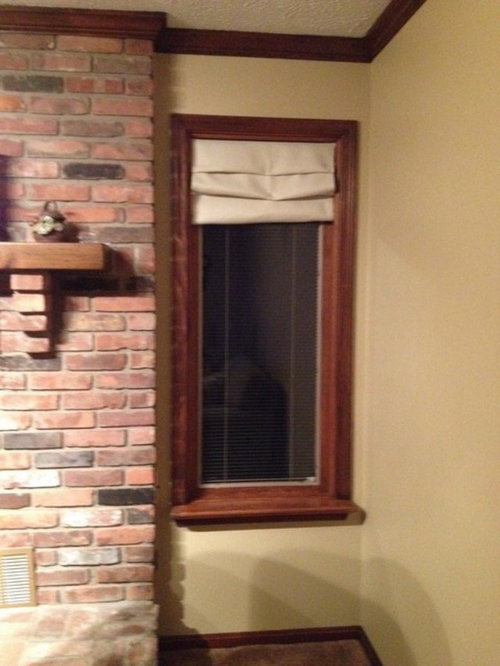




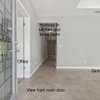

Annie Deighnaugh
ratherbesewing
Related Professionals
Caledonia Interior Designers & Decorators · Barstow Interior Designers & Decorators · Morton Grove Interior Designers & Decorators · Bend Furniture & Accessories · Memphis Furniture & Accessories · Memphis Furniture & Accessories · San Francisco Furniture & Accessories · Skokie Furniture & Accessories · Walnut Creek Furniture & Accessories · Eau Claire Furniture & Accessories · Greenville Lighting · Antioch Window Treatments · Riverside Window Treatments · Rockledge Window Treatments · South Yarmouth Window Treatmentscarolt924Original Author
carolt924Original Author
Annie Deighnaugh
andee_gw
carolt924Original Author
Annie Deighnaugh